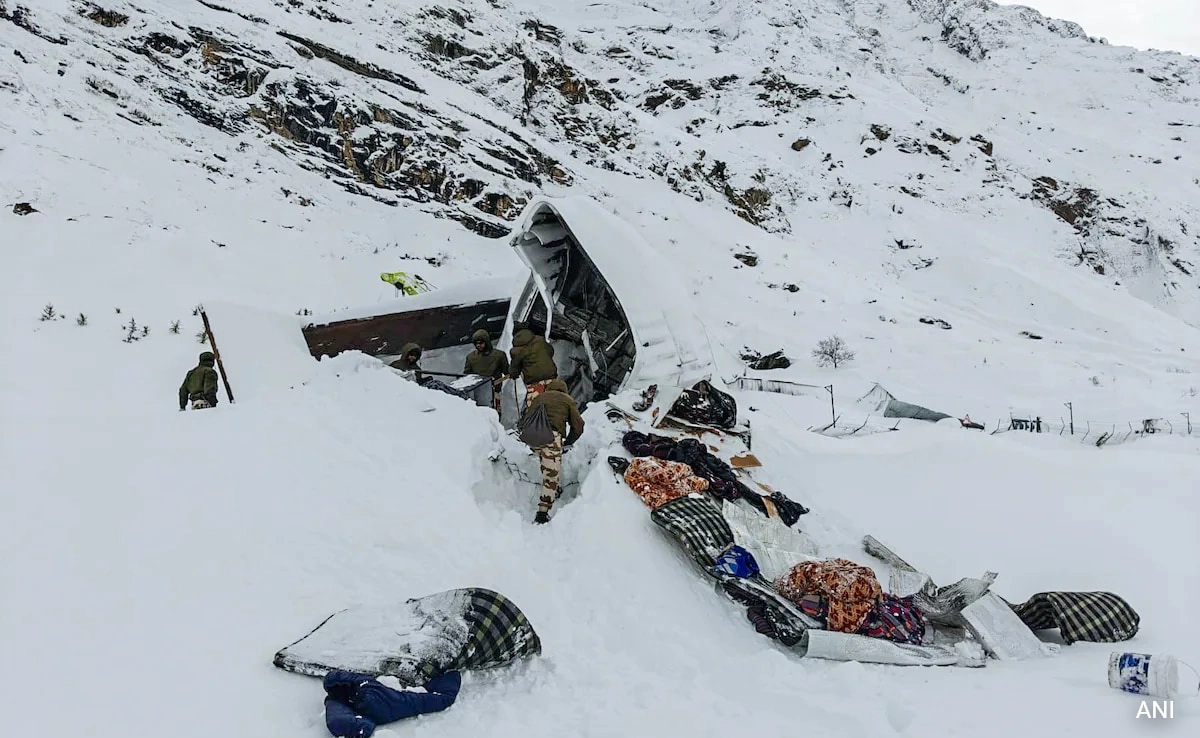In recent weeks, the South Asian region has witnessed a surge of protests and civil unrest, particularly in Nepal and Pakistan, both of which share borders with India. These demonstrations have emerged from a confluence of political, economic, and social grievances, reflecting the complex dynamics that often characterize the region. In Nepal, the protests have largely been driven by discontent with government policies and calls for greater accountability and representation. Citizens are expressing frustration over issues such as corruption, rising living costs, and inadequate public services, which have prompted widespread mobilization across various segments of society. The government’s response to these protests has been met with criticism, as many activists argue that their voices are being stifled.
Meanwhile, in Pakistan, the situation has escalated due to a combination of political instability and economic challenges. The country is grappling with high inflation rates, energy shortages, and a deteriorating security situation, which have fueled public anger. Protests erupted in various cities, with demonstrators demanding immediate government action to address these pressing issues. The political landscape in Pakistan is further complicated by ongoing debates over governance and allegations of mismanagement, which have led to calls for reform and accountability from the ruling administration. The unrest has highlighted the fragility of political structures in the country and the urgent need for effective leadership.
The implications of these protests extend beyond national borders, as they reflect broader regional trends in South Asia. The unrest in Nepal and Pakistan is indicative of a growing sentiment among citizens across the region who are increasingly unwilling to tolerate ineffective governance and socio-economic disparities. The responses from neighboring countries, including India, are being closely monitored, as they could influence diplomatic relations and regional stability. Furthermore, the interconnectedness of these nations means that unrest in one country can have ripple effects, potentially impacting trade, security, and cultural exchanges.
In conclusion, the current wave of protests and unrest in Nepal and Pakistan serves as a stark reminder of the challenges facing South Asian nations. As citizens mobilize to demand change, the international community watches closely, recognizing the potential for both conflict and cooperation in a region marked by shared histories and intertwined futures. The path forward will require not only responsive governance but also a commitment to addressing the underlying issues that have sparked discontent among the populace.



